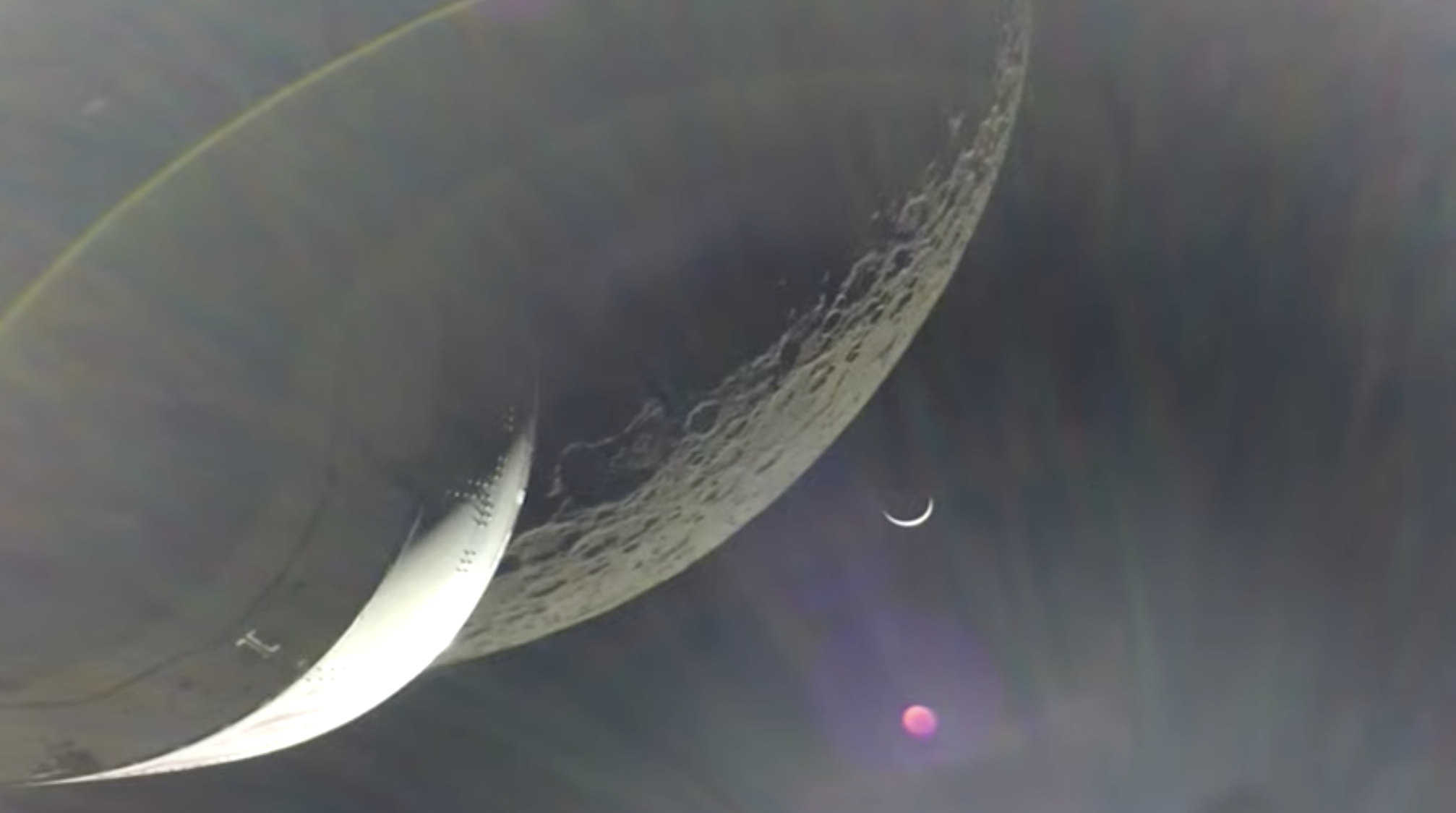NASA's Artemis 1 mission is on the way home.
The uncrewed Orion successfully completed a 207-second engine burn — its longest of the Artemis 1 mission — Monday (Dec. 5) at 11:43 a.m. EST (1643 GMT), while it was just 79 miles (128 kilometers) above the lunar surface.
"Orion now has its sights set on home," NASA spokesperson Sandra Jones said during a live broadcast on NASA Television Monday.
The maneuver puts the spacecraft on track for a landing in the Pacific Ocean, off the coast of California, on Dec. 11. NASA carried the burn live on NASA Television, although the burn took place out of the range of antennas on Earth due to the moon obscuring signals from our planet.
"Today's burn is critical to ensure that Orion is on the proper trajectory to return back to Earth safely," Jones added.
Related: NASA's Artemis 1 moon mission: Live updates

A recycled engine from the space shuttle program was used to refine Orion's journey back to Earth. The engine, called an orbital maneuvering system (OMS), was first used on space shuttle mission STS 41-G in October 1984 and last flew on mission STS-112 in October 2002, Jones said during the broadcast.
Get the Space.com Newsletter
Breaking space news, the latest updates on rocket launches, skywatching events and more!
The OMS engine can fire for as little as one minute and as long as 16 minutes, according to NASA. As required, it can steer the spacecraft or even be used for abort modes. That said, Artemis 1 has performed to plan so far on the debut mission of the Artemis program, after Orion flew to space Nov. 16 on the maiden flight of the Space Launch System rocket.
In photos: Amazing views of NASA's Artemis 1 moon rocket debut

Artemis 1 is a shakeout cruise for Orion and NASA's Space Launch System (SLS) rocket, which launched the capsule on Nov. 16. If all goes well with the mission, the duo will launch astronauts around the moon on Artemis 2 in 2024 and help put boots down near the lunar south pole a year or so later on Artemis 3.
These missions are part of a broader effort to set up a crewed moon base by the end of the decade — one of the major goals of NASA's Artemis program.
SLS did its job nicely during Artemis 1's launch, and Orion has been performing up to expectations on the mission as well, NASA officials have said.
The capsule arrived in lunar orbit as planned on Nov. 25 and departed on schedule on Dec. 1, thanks to a 105-second engine firing. But the spacecraft still has some big boxes left to check, following Monday's engine burn.
The "powered return flyby" burn put Orion on track to return to Earth on Dec. 11. On that day, the capsule will barrel into Earth's atmosphere at nearly 25,000 mph (40,000 kph), giving its heat shield a serious stress test. The structure will experience temperatures of about 5,000 degrees Fahrenheit (2,800 Celsius) — half as hot as the surface of the sun.
If the heat shield and Orion's parachutes do their jobs on Dec. 11, the capsule will splash down in the Pacific Ocean off the coast of California, bringing an end to the Artemis 1 mission.
Mike Wall is the author of "Out There" (Grand Central Publishing, 2018; illustrated by Karl Tate), a book about the search for alien life. Follow him on Twitter @michaeldwall. Follow us on Twitter @Spacedotcom or Facebook.
Join our Space Forums to keep talking space on the latest missions, night sky and more! And if you have a news tip, correction or comment, let us know at: community@space.com.

Michael Wall is a Senior Space Writer with Space.com and joined the team in 2010. He primarily covers exoplanets, spaceflight and military space, but has been known to dabble in the space art beat. His book about the search for alien life, "Out There," was published on Nov. 13, 2018. Before becoming a science writer, Michael worked as a herpetologist and wildlife biologist. He has a Ph.D. in evolutionary biology from the University of Sydney, Australia, a bachelor's degree from the University of Arizona, and a graduate certificate in science writing from the University of California, Santa Cruz. To find out what his latest project is, you can follow Michael on Twitter.









